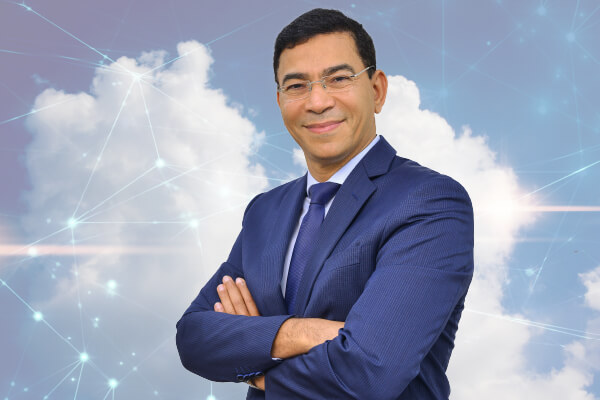
Industry cloud, for example, is a business-driven digital transformation, and is beyond the simple combination of cloud and industry; it is the integration of technologies into businesses. Digitised enterprises of the future will be about the production, transmission and analysis of data. It follows that they will require an ICT infrastructure that integrates cloud-pipe-device, and an open, flexible, agile and safe platform to forge close partnerships to develop rich applications and create an innovative, win-win ecosystem, which will drive the digital transformation of enterprises.n spite of the consistent upgrades and innovations we have come to expect over the last two decades, the pace of change today is unique. We are leaving the analogue world and entering an era where the world itself is digital, from cars to clothes to coffee machines, all of which are connected. The good thing about digitisation is that some forms or components of the ICT ecosystem will result in outcomes that foster social, economic, and political development.
Over the next five to ten years we will see all kinds of smart devices that automatically adapt to various use scenarios. All people and all things will have the ability to sense their surroundings, and devices will serve as entry points to the intelligent world. Optical and wireless networks will provide ubiquitous, ultra-broadband connections.
By 2025, Huawei predicts that all enterprise IT solutions will be ‘cloudified’, and more than 85% of enterprise applications will be cloud-based. In the meantime, interconnected computers spread across the planet will aggregate vast amounts of data, forming a ‘digital brain’ in the cloud. This digital brain will evolve in real time, and it will never age, providing intelligence that can be called upon at any time by people and machines via high-speed connections and devices.
In the cloud era, enterprises are the main players, as solutions innovation will revolve around their specific needs. In this context, that’s why gaining insight into customer needs and developing innovative technology that addresses them is key. All of which could be established by providing customers with easy-to-deliver and easy-to-operate hybrid cloud solutions that are based on unified and open architecture.
With continuous research and development and collaborating with channel partners, the digital ecosystem will fully emerge from an idea to a reality bringing us to better connected world.
We have worked to facilitate the development of industry standards. Through these activities, we aim to jointly create value for customers, grow the industries, achieve sustainable development, and ultimately build a fully connected, intelligent world. Huawei is an active member of more than 360 standards organisations, industry alliances, and open source communities, where we work together on mainstream standards and lay the foundation for shared success.





